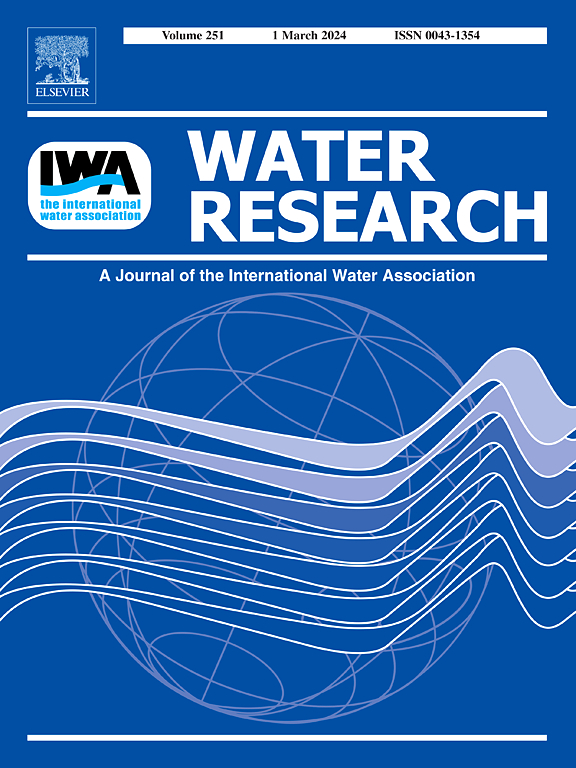Per-and Polyfluoroalkyl Substances Exacerbate the Prevalence of Plasmid-Borne Antibiotic Resistance Genes by Enhancing Natural Transformation, In Vivo Stability?…
Abstract
Per- and polyfluoroalkyl substances (PFAS) as emerging pollutants are ubiquitous and disrupt biological processes across water boundaries. Their coexistence with antibiotic resistance genes (ARGs) in water matrix is associated with the spread of ARGs via conjugative transfer, posing a threat to public health. However, their role in natural transformation—where microorganisms actively take up extracellular ARGs (eARGs)—and the subsequent persistence and expression of ARGs after transformation remains poorly understood. Here, we demonstrated that environmentally relevant concentrations (0.1-10 μg/L) of perfluorooctanoic acid (PFOA) and perfluorooctanesulfonic acid (PFOS), two typical PFAS, increased transformation frequencies by 2.54- and 3.26-fold, respectively. This increase was driven by increased cell envelope permeability, biofilm formation, reactive oxygen species (ROS) production, and upregulation of DNA uptake genes. At higher concentrations (100 μg/L), PFAS inhibited transformation. Nevertheless, PFOA and PFOS at all tested concentrations promoted long-term plasmid in vivo stability, reducing plasmid loss rates from 68.5% to 6% and 38.7%, respectively. Furthermore, they induced ARGs expression in transformants by up to 1.33- and 1.37-fold. Our findings revealed that PFOA and PFOS impacted the spread, persistence, and expression of ARGs, from extracellular uptake to intracellular activity in bacteria. These results highlight the underestimated environmental health risks posed by PFAS and underscore the intricate chemical and biological co-contamination in aquatic ecosystems and wastewater treatment.





